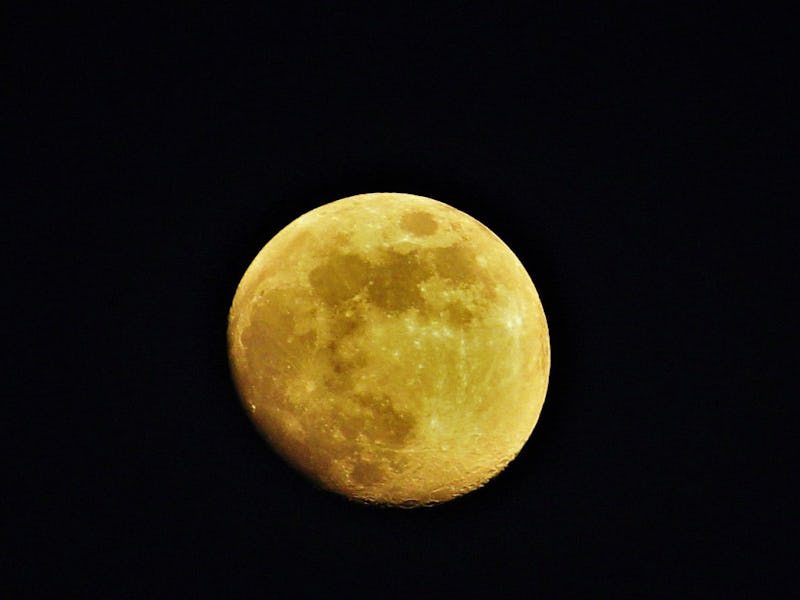5 celestial events taking place in February 2020
All the astronomical phenomena you can't afford to miss this month.

February is an exciting month for those who love to moon over the night sky.
With the first Supermoon of the new year, a Snow Moon, and a game of hide and seek with Mars and the Moon, the night's sky is full of incredible happenings to mark this leap year.
Inverse is your celestial guide for this month, with a breakdown of the five things to look out for up above.
1. Super Snow Moon
On Sunday, February 9, the Moon reaches its peak fullness at around 2:33 a.m. Eastern and becomes a Snow Moon. When a full Moon falls in February, it is referred to as a Snow Moon to symbolize the peak of the winter season.
A (sort of) Supermoon will grace the night sky this month.
And this Snow Moon will be super. Sort of. Astronomers are undecided as to whether this month’s full Moon should be considered a Supermoon or not. A Supermoon shines when the full Moon happens to be closest to the Earth during its elliptic orbit. The proper astronomical term for it is perigean full Moon — referring to the closest point in the Moon’s orbit, called a perigee.
Sunday’s full Moon will be within 90 percent of its closest approach to Earth, according to EarthSky. So it may qualify as a Supermoon.
Either way, it will still be enough to marvel at.
2. Zodiacal light
For about two weeks before the Moon begins a new cycle on February 23, a white, shining glow will appear to flow upwards from the horizon right before the hours of dawn. The light is essentially sunlight, scattered by dust particles from the wider cosmos, and concentrated along the plane of the zodiac.
In terms of brightness, zodiacal light competes with the Milky Way in the western sky.
Zodiacal light, which appears shortly after sunset.
The best time to start viewing this phenomenon is on February 10, around 90 minutes after sunset for a duration of about an hour and 17 minutes.
3. Crescent Moon covers Mars
Right before sunrise on February 18, Mars will be hidden from view behind the crescent Moon.
Mars appears from behind the moon.
The event is called a lunar occultation, and it takes place whenever the Moon moves past a more-distant celestial object during its orbit around Earth. That object could be a star, or in this case, a planet.
Mars will dip behind the Moon at 7:25 a.m. Eastern for around 90 minutes, before reappearing again on its other side.
4. New Moon
Every four weeks or so, the moon embarks on a new cycle around the Earth marked by a new Moon. This month, another cycle begins on February 23.
The different phases of the moon.
The new Moon is barely visible to us on Earth. At the beginning of its cycle, the Moon is on the same side of the Earth as the Sun, with its dark side facing our planet which is why it’s hidden from our view.
The Moon won’t shine its night light on us on February 23, but it will gradually start to appear in our skies bit by bit over the course of its trip around Earth, which takes 27 days, seven hours and 43 minutes.
5. Crescent Moon meets Venus
During the evening of February 27, the crescent moon will snuggle up with another planet — this time, it will be up-close and person with the brightest planet in the sky, Venus.
A crescent Moon and a bright Venus will appear side by side.
Venus will be about 7 degrees to the right of the Moon in the west-southwest part of the sky, according to NASA. Star gazers can observe the two next to each other on February 27 starting at around 6:56 p.m. Eastern, before Venus departs the Moon’s side at 9:39 p.m. that same evening.